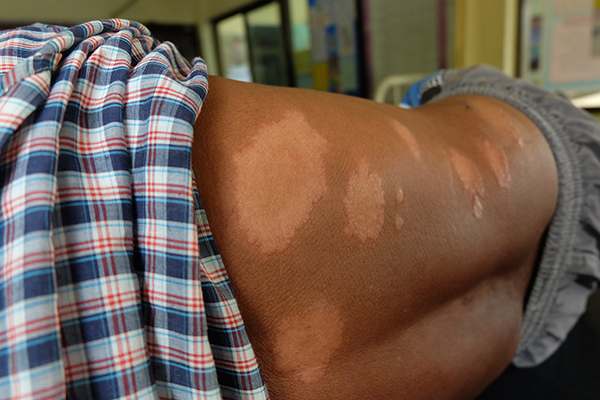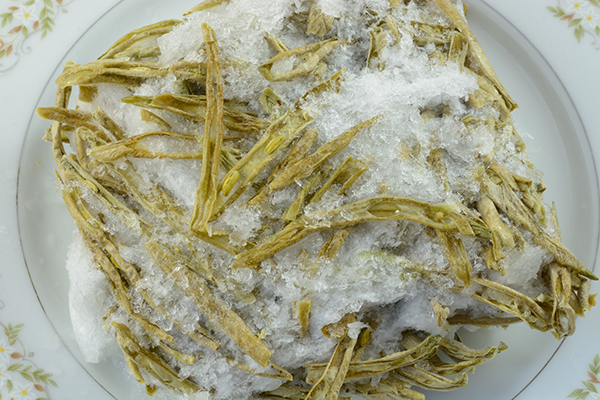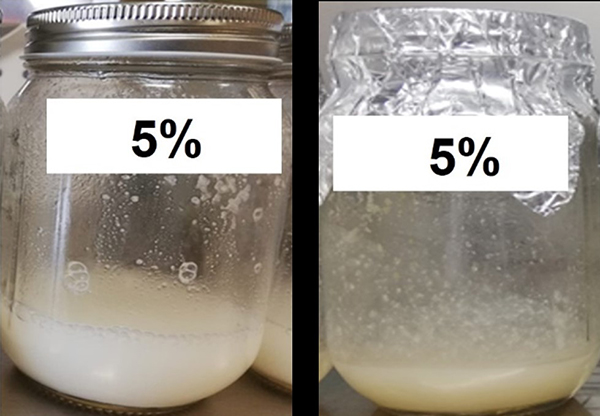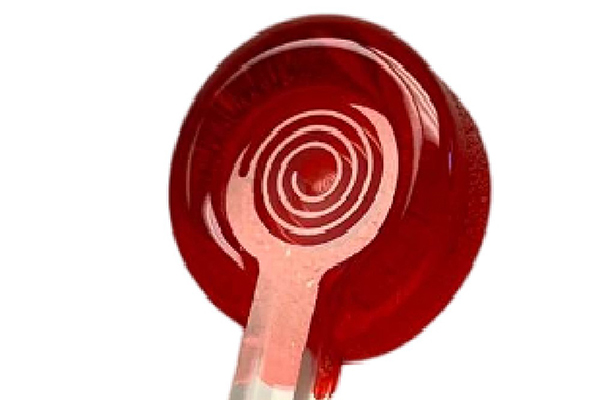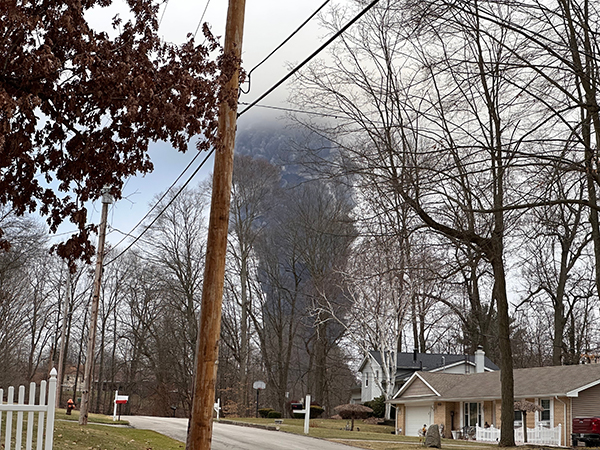FOR IMMEDIATE RELEASE
Exposure to microplastics and nanoplastics — particles smaller than 5 millimeters and 1 micrometer across, respectively — have been linked to adverse health outcomes. Although some of their sources are well known, others haven’t been thoroughly vetted yet. Below are recent papers published in ACS journals that report new insights into the origins of some microscopic plastic pieces: laser-cut acrylic sheets, orthodontic rubber bands and children’s food containers. Reporters can request free access to these papers by emailing newsroom@acs.org.
“Characterization of Emissions from Carbon Dioxide Laser Cutting Acrylic Plastics”
ACS Chemical Health & Safety
June 22, 2023
In today’s era of online sellers and do-it-yourself crafters, small, carbon dioxide laser cutters have become popular tools to cut and engrave designs into acrylic sheets. By monitoring a real-world makerspace, researchers found that exhaust attachments efficiently captured volatile compounds that are released when a cut is made. However, once the cutter’s lid was opened to retrieve the final piece, nanometer-sized pieces of acrylic escaped slowly into nearby air. The researchers suggest that operators keep the ventilation system on for a few minutes after turning off the laser to reduce nanoparticle emissions.
“Investigating Microplastics and Nanoplastics Released from a Rubber Band Used for Orthodontic Treatment with Improved Raman Imaging Algorithms”
Environment & Health
June 21, 2023
Here, researchers observed that both new and used orthodontic rubber bands, which help braces correct misaligned teeth, could release microscopic particles when rinsed with water and ethanol. Using scanning electron microscopy and Raman spectroscopy, they found that the particles contained the natural polymer latex and other additives. Based on tests of one brand of rubber bands, the authors estimate that the surface could flake off millions of latex-based microplastics into a user’s mouth each day, though they say that more research is needed to determine possible health effects.
“Assessing the Release of Microplastics and Nanoplastics from Plastic Containers and Reusable Food Pouches: Implications for Human Health”
Environmental Science & Technology
June 21, 2023
A small-scale study has shown that baby food packaging could expose infants and toddlers to nanoplastics and microplastics. Scientists simulated storing and heating watery foods in three commercial plastic containers. Microwave heating produced the highest amounts of particles — millions of microplastics and billions of nanoplastics were released from pieces of the containers slightly smaller than an adult’s thumbnail. Additionally, introducing high levels of the released particles to cultured kidney cells decreased their rate of survival, which the researchers say provides evidence of potential toxicity.
###
The American Chemical Society (ACS) is a nonprofit organization chartered by the U.S. Congress. ACS’ mission is to advance the broader chemistry enterprise and its practitioners for the benefit of Earth and all its people. The Society is a global leader in promoting excellence in science education and providing access to chemistry-related information and research through its multiple research solutions, peer-reviewed journals, scientific conferences, eBooks and weekly news periodical Chemical & Engineering News. ACS journals are among the most cited, most trusted and most read within the scientific literature; however, ACS itself does not conduct chemical research. As a leader in scientific information solutions, its CAS division partners with global innovators to accelerate breakthroughs by curating, connecting and analyzing the world’s scientific knowledge. ACS’ main offices are in Washington, D.C., and Columbus, Ohio.
To automatically receive press releases from the American Chemical Society, contact newsroom@acs.org.
Note: ACS does not conduct research, but publishes and publicizes peer-reviewed scientific studies.

